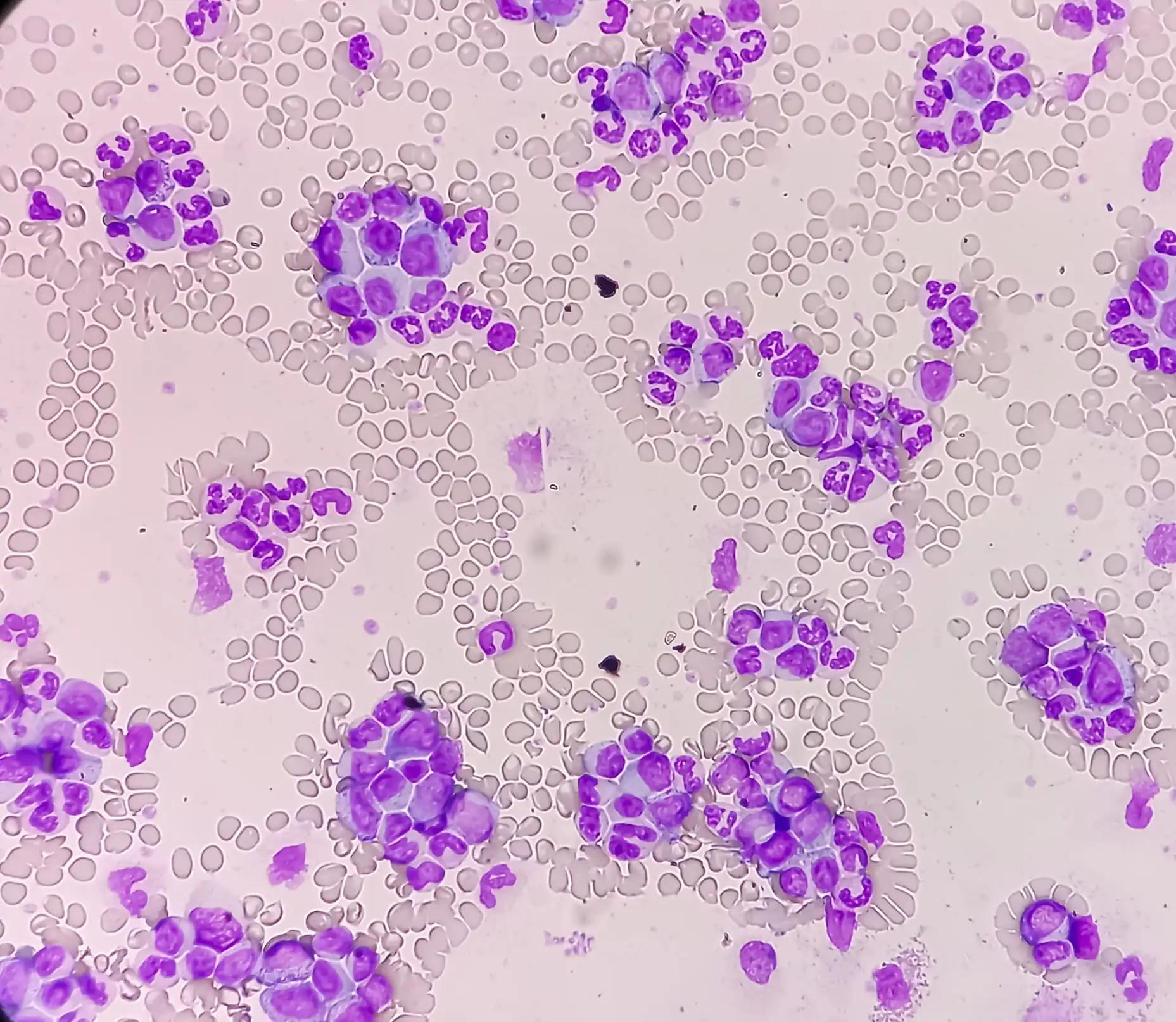KEY TAKEAWAYS
- The study aimed to investigate the diagnostic value of WT1 and TP53 in AML patients.
- Researchers noticed promising potential in WT1 and TP53 in AML patients; additional research is advised to reach a definitive conclusion.
Relapse following hematopoietic stem cell transplantation (HSCT) is a frequent occurrence and a substantial risk factor for mortality in acute myeloid leukemia (AML) patients. Timely diagnosis is crucial for effective intervention. Ali Asghari-Ghomi and his team aimed to assess the diagnostic potential of two molecular markers, Wilms tumor 1 (WT1) and tumor suppressor protein p53 (TP53), in identifying molecular relapse after HSCT in AML patients.
Researchers performed an inclusive analysis involving 20 AML patients undergoing HSCT, encompassing individuals in relapse and remission states. Peripheral blood (PB) and bone marrow (BM) samples were collected at both phases. Wilms tumor 1 (WT1) and tumor suppressor protein p53 (TP53) messenger RNA (mRNA) expression levels were assessed using reverse transcription-quantitative polymerase chain reaction (RT‒qPCR). Diagnostic evaluation through receiver-operating characteristic (ROC) curve analysis indicated that both WT1 and TP53 serve as effective markers for relapse after HSCT in AML patients. The mRNA expression of WT1 was significantly elevated in relapsed individuals compared to those in remission (P value < 0.01), while TP53 mRNA expression was notably lower in relapsed individuals compared to those in remission (P value < 0.01).
The study concluded that WT1 and TP53 exhibit promising potential as invaluable biomarkers for identifying molecular relapse after HSCT in AML patients. Further studies are recommended to reach a definitive conclusion on their diagnostic efficacy.
Source: https://pubmed.ncbi.nlm.nih.gov/38300383/
Ghomi A A, Fallahian F, Garavand J, et al. (2024). “WT1 and TP53 as valuable diagnostic biomarkers for relapse after hematopoietic stem cell transplantation in acute myeloid leukemia.” Mol Biol Rep. 2024 Feb 1;51(1):244. doi: 10.1007/s11033-023-09185-8. PMID: 38300383.



